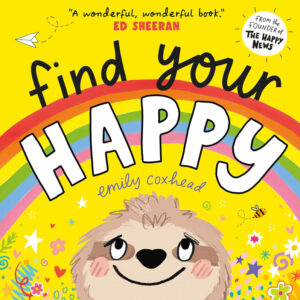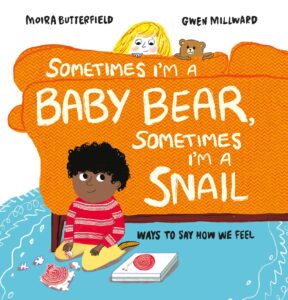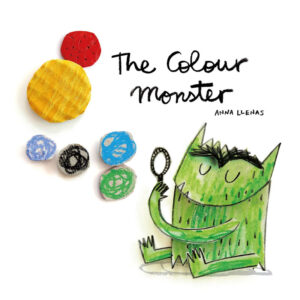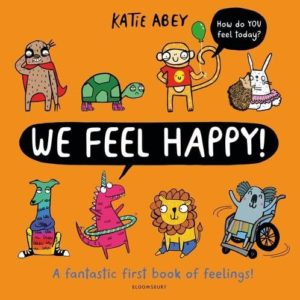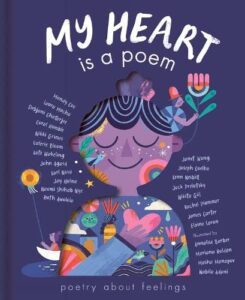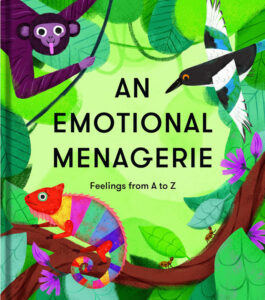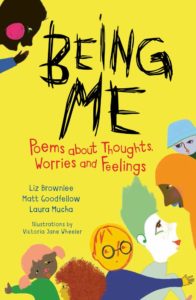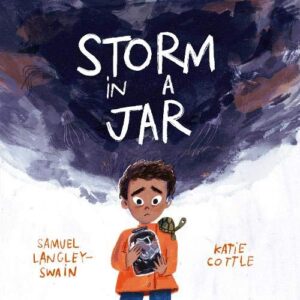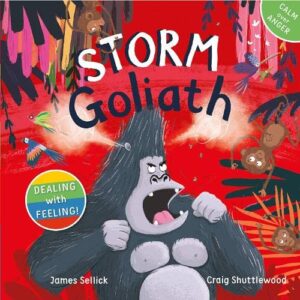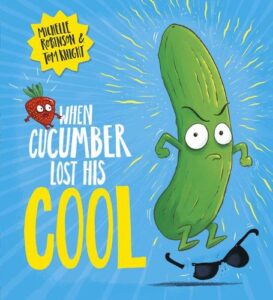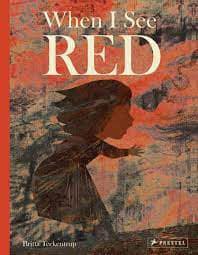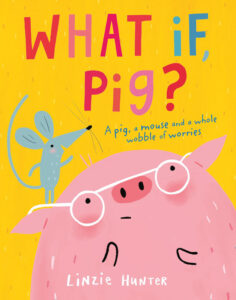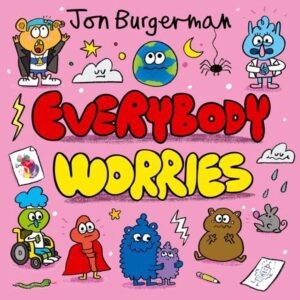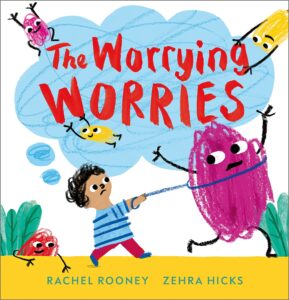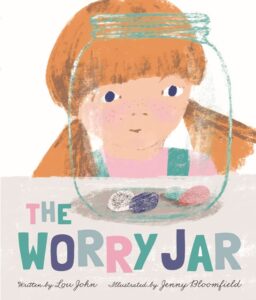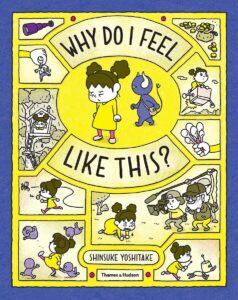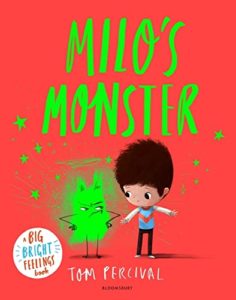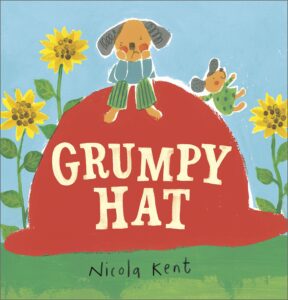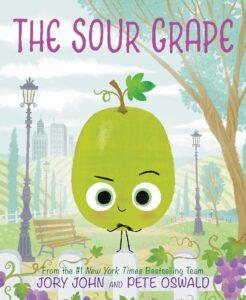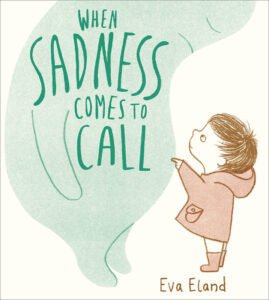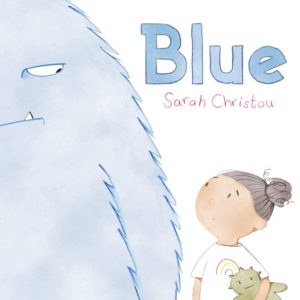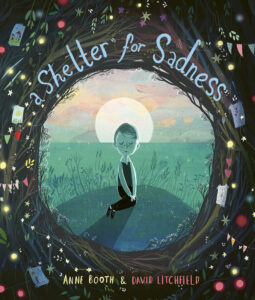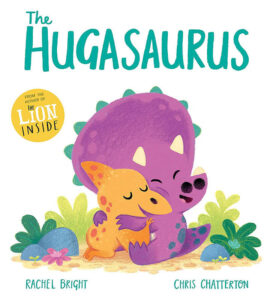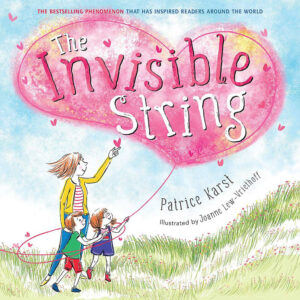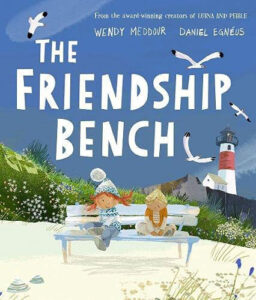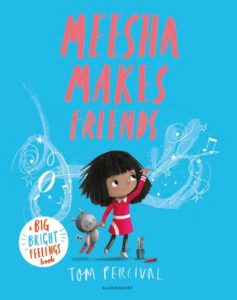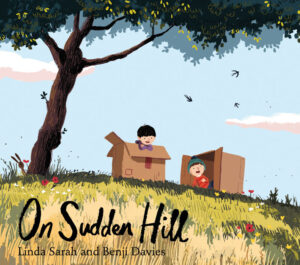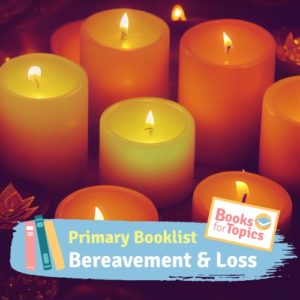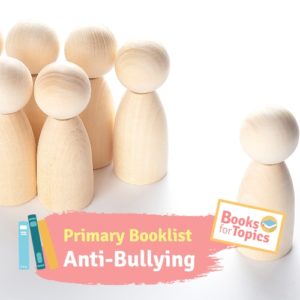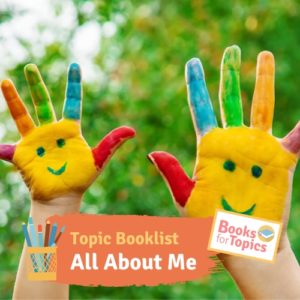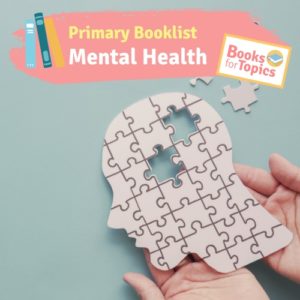Best Children’s Books about Emotional Literacy
From mental health first aid to specialist work with Emotional Literacy Support Assistants (ELSA) there’s no doubt that stories can be a key tool in helping children to develop emotional literacy.
Chosen especially for their value in dealing with mental health issues, feelings and emotions, the books on this list can be used with pupils to start conversations that enable children to begin to make sense of their own feelings and understand ways to manage and deal with their emotions.
From books about managing anger like When I See Red to stories about sadness and anxiety like A Shelter for Sadness and The Worry Jar, many of the books on this list explore different ways of recognising and responding to big feelings. We’ve also included stories about identifying different emotions, like The Colour Monster, and books about the importance of friendship and connection like The Hugasaurus.
With thanks to specially trained ELSA Sue Mills at Garway Primary School for helping us to compile this list and for commenting on using these books with her school community. Schools looking to buy full packs of the books featured on this ELSA booklist can purchase whole sets via Peters.








